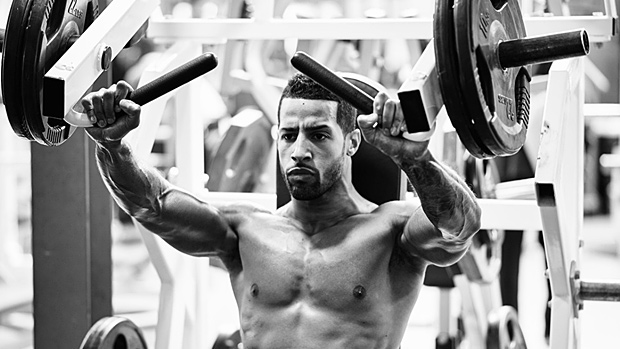With training, sometimes it helps to be blissfully unaware because too much information can potentially paralyze you. But being able to discern what's practical (and what's plain idiotic) can be advantageous.
Identify potential obstacles first. That provides you with clarity and direction. Here are some things to consider:
We're all biased towards which type of training we choose. The problem is when you wrap your identity up in one method. You're leaving money on the table if you think there's only one way to meet your goals.
The fact is, you can't always accommodate your workout inclinations. Put yourself into a position to learn from other perspectives.
Like most lifters, I love the big lifts. When you've been going at it for a long time, though, it's hard to justify their use over and over again. At some point, you're going to experience diminishing returns if you pigeonhole yourself.
Don't wait for things to go bad before you realize that timely change-ups can accelerate your progress. A few noteworthy options:
- Machines aren't the devil. Use them.
- For the umpteenth time, stop bashing the glute bridge and hip thrust. They're suitable exercises to progressively load your posterior chain.
- Devote some time working on other qualities such as mobility and muscular endurance.
- Take a break from lifting heavy and alter the tempo (lighter weights but slower tempos).

You should routinely rotate your focus. Not weekly, but ever so often, and especially if you hit a wall. Get out of your own way and have an open mind. There's value in other methods.
Many lifters think they can afford to carry around fatigue like they have Wolverine's healing ability. In reality, you're more like Old Man Logan. Still not to be trifled with, but you just can't regenerate as quickly.
Yes, there are certainly individuals who exhibit the capacity to handle higher volume and frequency, and more overload days. But the average non-mutant lifter can't take in a lot of it. Too much invariably interferes with subsequent workouts and gains.
Structure your training week with varying outputs. You don't need to go 0-100 mph every time you hit the gym. There's more upside when you train judiciously. You'll feel better, but most importantly, you'll avoid hitting a wall and you'll actually make consistent progress.
Remember, your training is only as good as your ability to recover from it. Push the envelope, but don't tear it in half.
To maximize muscle growth, you have to gain some all-around weight and be in a calorie surplus. You know that. But at some point eating more calories and getter fatter will turn against you.
This dampening effect is sometimes called "anabolic resistance." Basically, it's the impaired ability to build muscle caused by excess calorie consumption over time.
Leaner individuals have the propensity to gain more muscle, which is why you should make it a goal to periodically reduce body fat. In turn, this allows you to be more sensitive to muscular gain.





